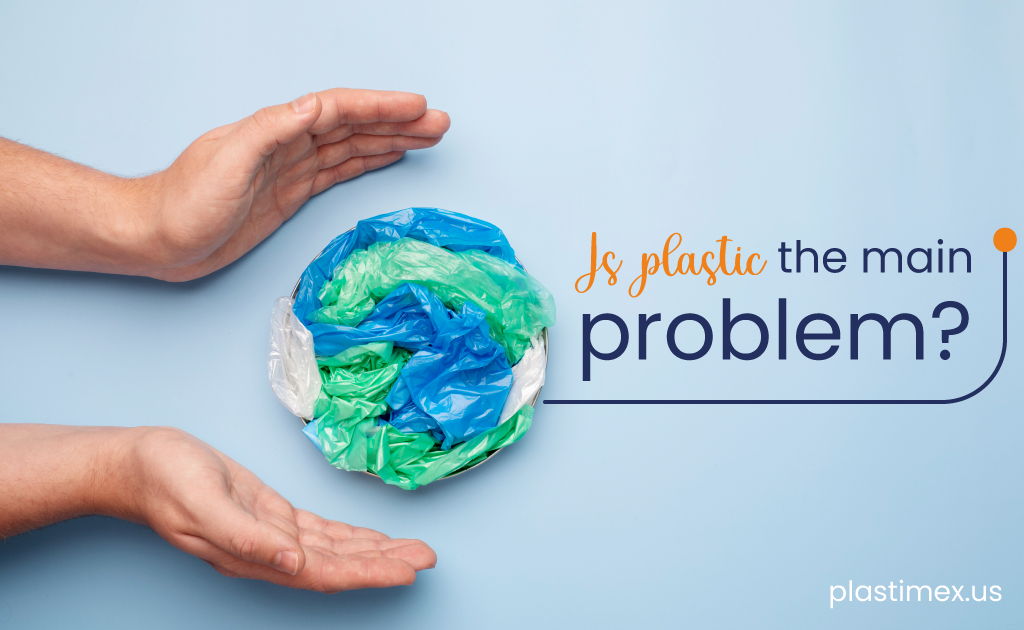The discovery of plastic was a significant advancement in materials science, revolutionizing the way products are manufactured and marketed globally. Its versatility allowed the creation of innovative and previously unimaginable products. Due to its low cost, plastic quickly became accessible to all social sectors, further contributing to its widespread use. However, the environmental implications of plastic waste were not initially considered or understood, so it is very important to consider whether plastic is the main problem or whether we are not taking advantage of the characteristics that this material offers. Here we explain everything you need to know!
Plastic or not, what is causing the problem?
The industry was largely unknown and there was no strategy in place to educate people on the importance of recycling and reusing plastic to protect natural resources and ecosystems.
As we have learned more about the impact of plastic waste on our environment, it has become increasingly clear that a comprehensive environmental education strategy is needed. This strategy should aim to educate people on the importance of reducing, reusing, and recycling plastic waste to preserve our planet’s natural resources and protect our ecosystems.
By raising awareness and promoting sustainable practices, we can begin to shift towards a circular economy, where plastic waste is minimized and resources are reused and recycled. This will require the collaboration of all sectors, including government, business, and individuals.
Circular economy and plastic
The circular economy is an economic regenerative system and whose main objective is to keep materials in use for as long as possible, reducing waste and pollution, and allowing to increase the value of resources that would otherwise become garbage. In the context of plastic, the circular economy approach involves designing products with recycling and reuse in mind and creating closed-loop systems where plastic waste is collected, sorted, and processed to create new products.
Therefore, the first step in achieving a circular economy for plastic is to design products with recycling and reuse in mind. This means using materials that can be easily recycled, designing products that are easy to disassemble, and minimizing the use of additives that can impede this process. For example, a plastic bottle can be designed to have a removable label, making it easy to recycle. Similarly, a laptop can be designed to have easily replaceable parts, making it easier to repair and extend its life.
Recycling is not the only solution to plastic waste, and it is not always the best. The circular economy approach also means finding innovative ways to reuse plastic waste. For example, plastic waste can be used to create new products, such as clothing, furniture, and building materials. Plastic waste can also be used as an energy source through processes such as pyrolysis and gasification.
In conclusion, the discovery of plastic has brought significant advances, however, the environmental impact of plastic waste cannot be ignored. That is why it is essential to implement a comprehensive strategy that emphasizes the importance of reducing, reusing, and recycling plastic waste to promote a sustainable future.

